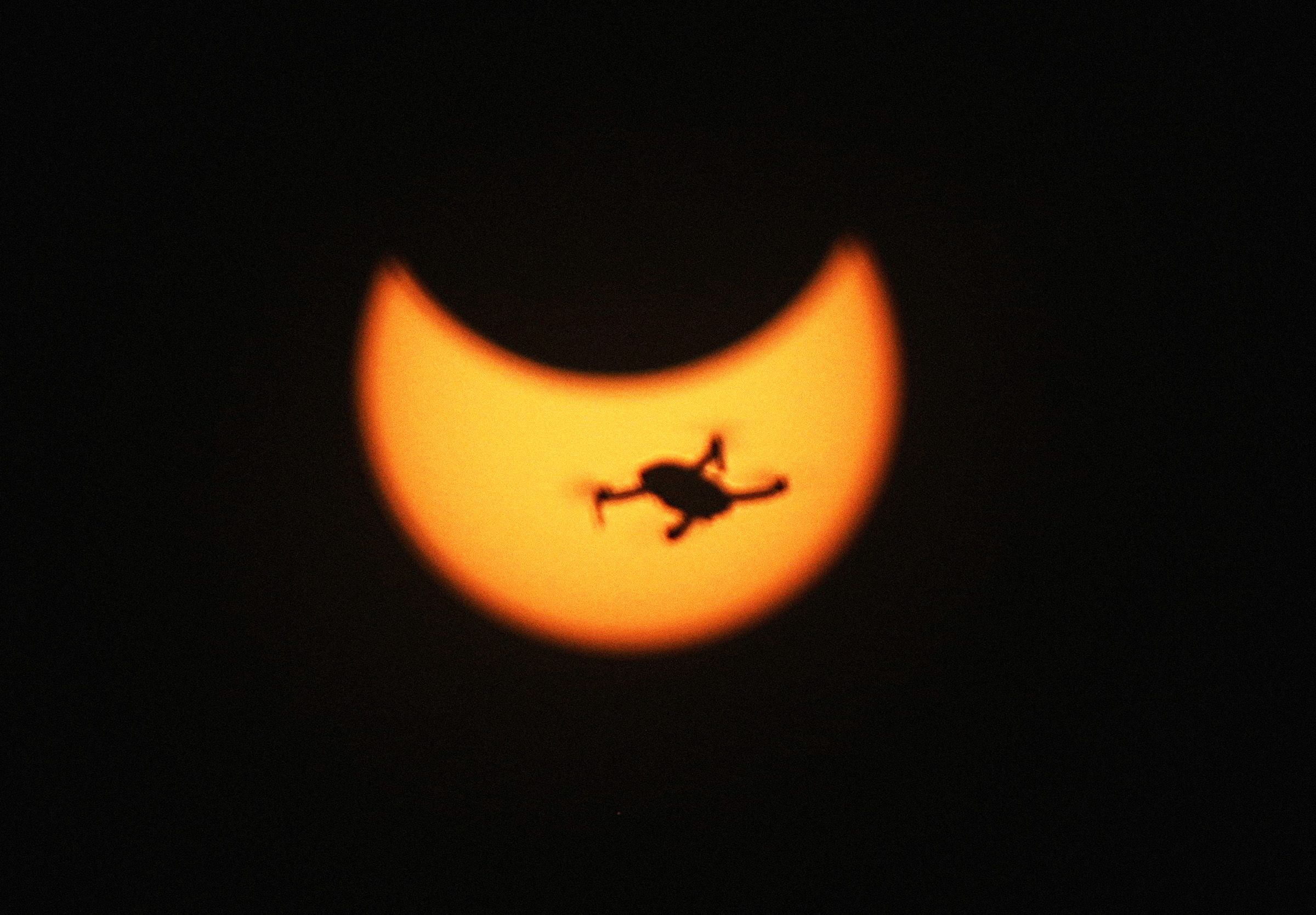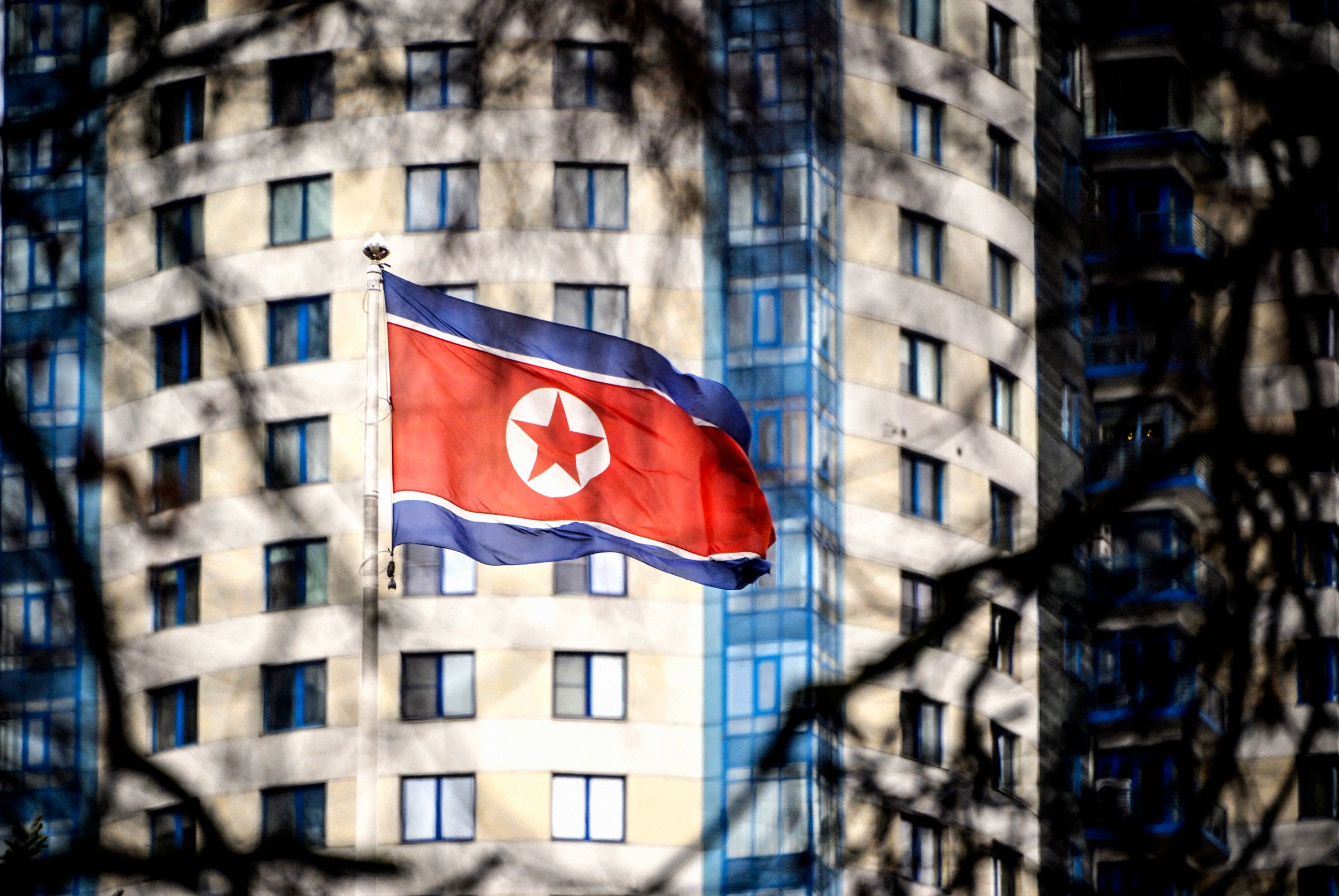What Satellite Images Reveal About the US Bombing of Iran’s Nuclear Sites
What Satellite Images Reveal About the US Bombing of Iran’s Nuclear Sites
Satellite images have provided crucial insights into the recent US bombing of Iran’s nuclear sites. The images show extensive damage to key facilities, including the Natanz nuclear enrichment plant and the Fordow fuel enrichment plant.
Analysts have used these images to assess the effectiveness of the airstrikes and identify potential areas of vulnerability for future attacks. The images also reveal the collateral damage caused by the bombings, including nearby infrastructure and residential areas.
Additionally, satellite imagery has been instrumental in monitoring the aftermath of the bombings, tracking potential radioactive leaks and assessing the long-term impact on Iran’s nuclear program.
Experts note the importance of satellite imagery in providing an objective, real-time perspective on military operations, allowing for more accurate assessments of the situation on the ground.
The use of satellite images in analyzing the US bombing of Iran’s nuclear sites has sparked debate among policymakers and the public, highlighting the significance of transparency and accountability in military actions.
Overall, satellite images offer a valuable tool for understanding the complexities of conflict and the human and environmental costs of warfare.
As tensions continue to escalate between the US and Iran, satellite imagery will likely play a crucial role in monitoring and assessing the situation on the ground, providing critical information for policymakers and the international community.
In conclusion, the use of satellite images to analyze the US bombing of Iran’s nuclear sites underscores the power of technology in shedding light on complex geopolitical events and their consequences.
For more up-to-date information on this developing story, stay tuned for the latest satellite imagery analysis and expert insights.


